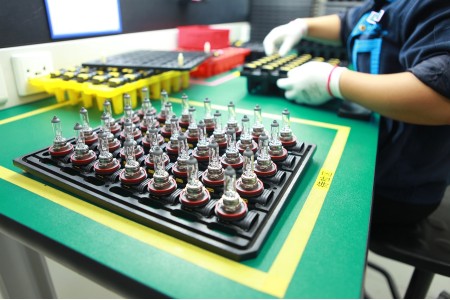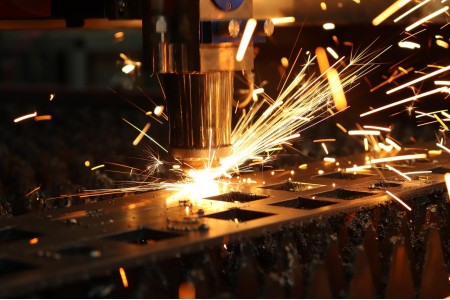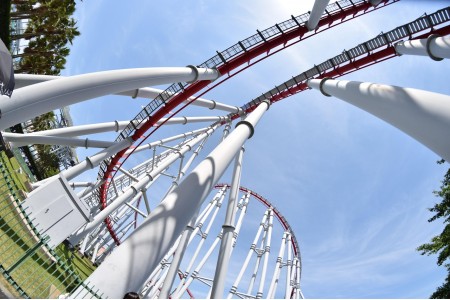How To Choose Industrial Lenses In Machine Vision Solutions
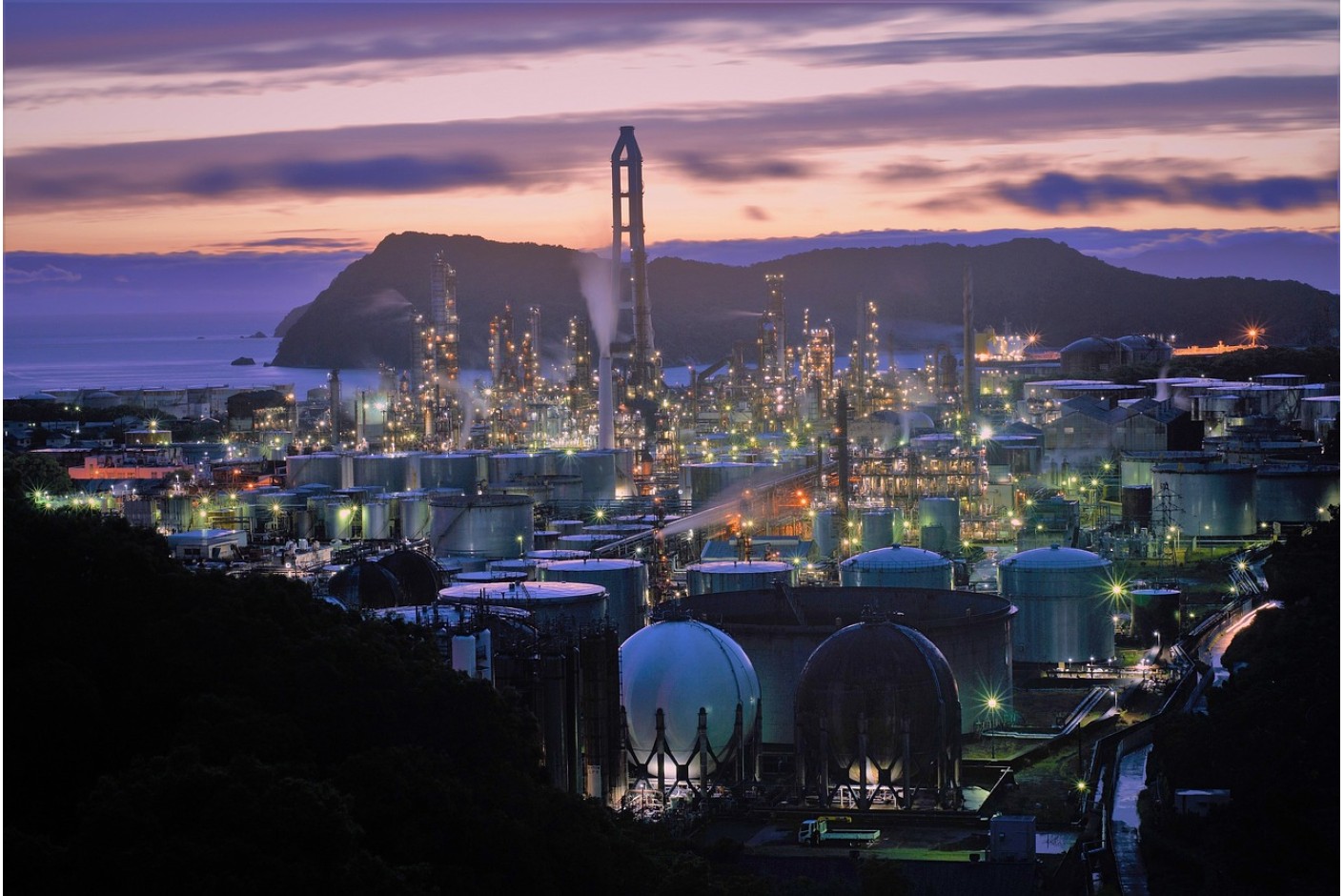
1.The Importance of Industrial Lenses in Machine Vision Systems
As human life needs continue to improve, the exploration and pursuit of science and technology has become more and more in-depth. In the field of industrial automation, we have entered the "robot era".
Machine vision has been put into practical use in industrial inspection, drug inspection, manufacturing process monitoring, safety monitoring, high-precision measurement, identification and positioning, etc. The combination of industrial lenses and industrial cameras has greatly improved the efficiency and effectiveness of industrial manufacturing.
Industrial lenses are a pair of eyes in the field of machine vision. From the moment an object is detected, it has been acting as an eye, feeding back the detection situation to the industrial camera.
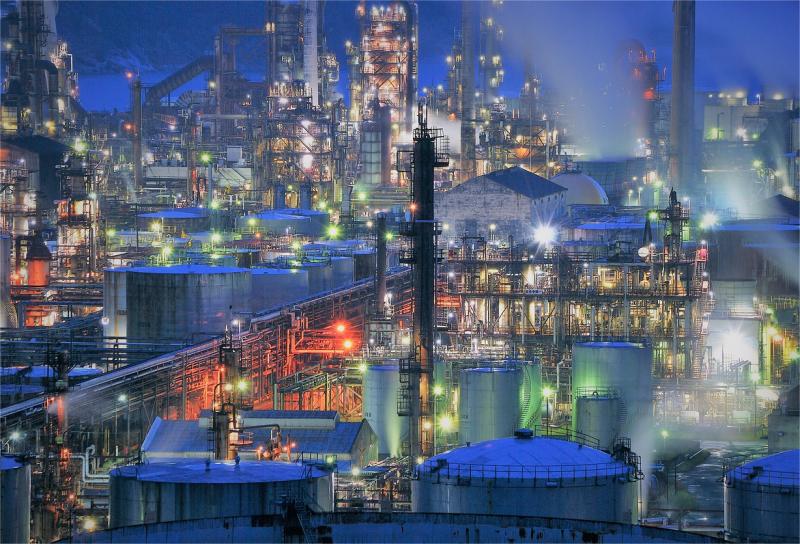
Machine vision application
Industrial lenses are lenses with high-performance resolution, using ultra-low distortion design technology to reduce distortion rate and more realistically reflect image effects. This is because distortion technology can effectively reduce the reflection loss of the lens, reduce glare, increase contrast, effectively improve color reproduction, and improve image clarity.
Industrial lenses can be divided into telephoto lenses, short-focus lenses and zoom lenses according to different inspection requirements and measurement objects; according to lens magnification, they can be divided into fixed focal length lenses, manual zoom lenses, manual fine-tuning lenses, fixed-focus lenses and electric zoom lenses; according to resolution, they can be divided into 5-megapixel and 10-megapixel lenses.
Another lens adopts a unique parallel optical path design technology, with high resolution, large depth of field, low distortion and other characteristics. This lens is a telecentric lens, which meets the high requirements of machine vision for lens distortion.
The emergence of industrial lenses has greatly accelerated the pace of the machine age. Machine vision has replaced the difficult-to-achieve artificial vision, effectively protecting human interests and safety.
In special environments where people cannot work normally, machine vision technology can be used to achieve it, opening up a new field of science and technology. In the future industrial development process, machine vision technology will gradually replace manual labor, reduce labor costs, and improve work efficiency.
2.How to choose industrial lenses for machine vision solutions
In a machine vision project, industrial lenses are one of the important components. So how should we choose industrial lenses when determining machine vision solutions?
1)Identify the lens field of view, optical magnification and working distance required in the customer's machine vision solution
When selecting an industrial lens, it is common to choose a lens with a field of view slightly larger than the object being measured to facilitate motion control.
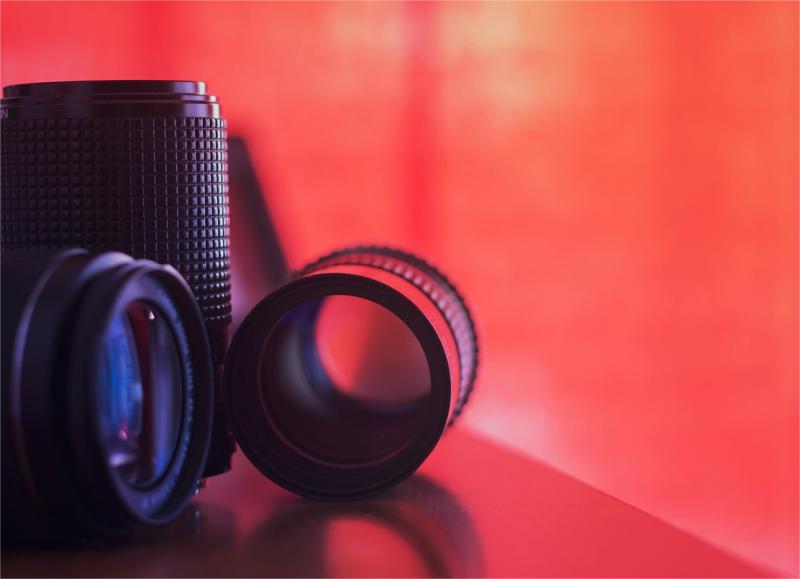
How to choose an industrial lens
2)Depth of field requirements
For the depth of field requirement, the selected aperture should be as small as possible; for the magnification, if the project permits, try to use a low-magnification industrial lens. If the project requirements are more stringent, it is preferred to choose a precision industrial lens with a larger depth of field.
3)Camera chip size and camera interface
Each lens has a matching camera interface and chip size specifications. For example, a 2/3” industrial lens can only support a 2/3” industrial camera rake face, but cannot support industrial cameras larger than 1”.
4)Pay attention to the coordination with the light source and choose the appropriate industrial lens
Lenses of different specifications also have matching light sources to choose from.
5)Customer installation environment
It is unrealistic to ask customers to change the size of the equipment when there are alternative solutions. Lenses with similar optical parameters but different sizes can be selected as needed.

